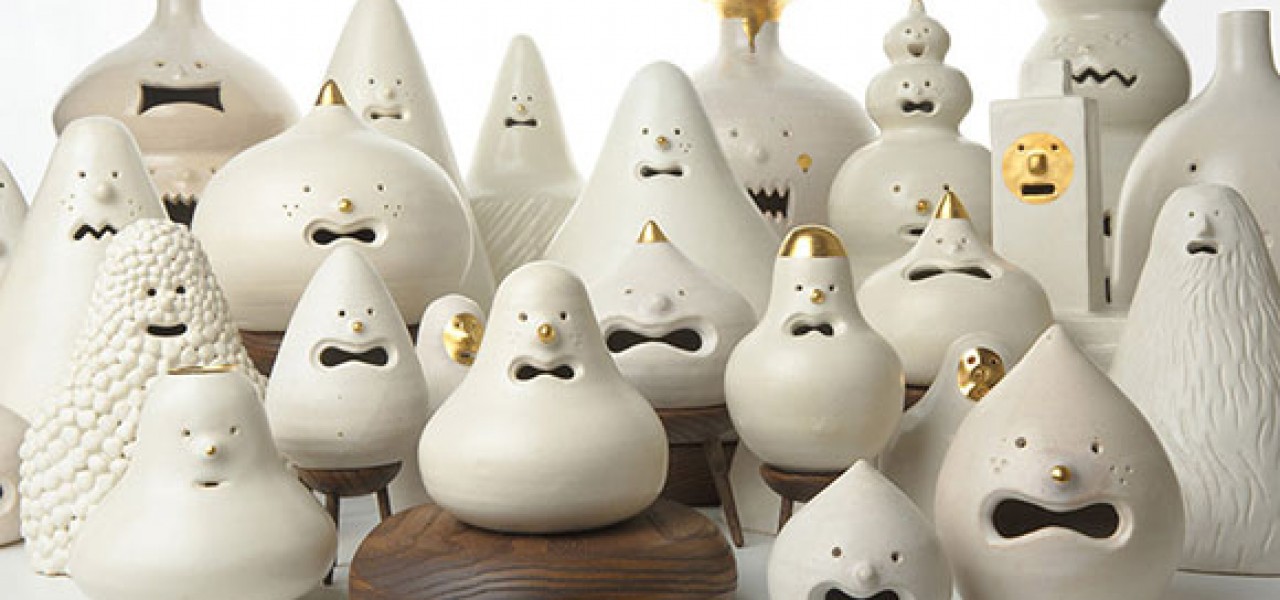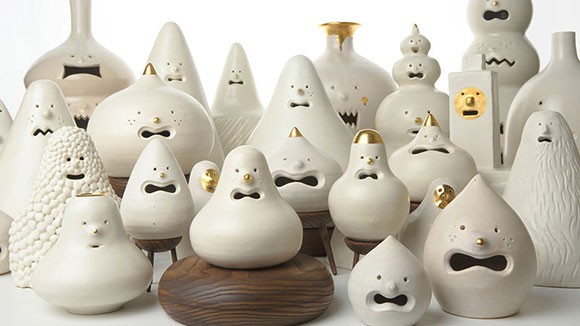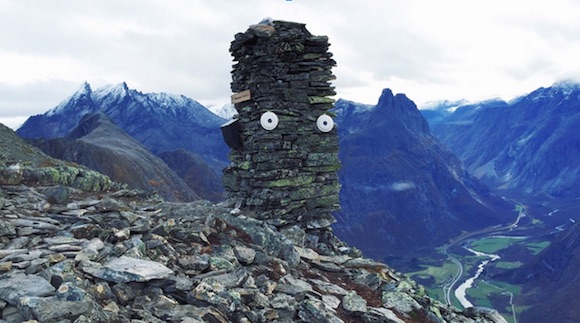

Festival Report: Pictoplasma 2015, Where Character Is King

The 11th edition of Pictoplasma, the world’s leading festival of contemporary character culture, took place from April 29 to May 3 in Berlin, Germany. Quite different from animation festivals like Annecy and Ottawa, Pictoplasma celebrates not only animation but also illustration, graphic design, product design—pretty much every medium that relies on the essential appeal of “The Character.” It makes for a refreshing festival experience for people coming from the so-called traditional animation scene, like myself.
The bulk of the conference is composed of artist talks—a staggering 18 in total this year, over the course of three days, delivered by speakers from backgrounds as diverse as their topics: where established animation director Yves Geleyn gave us a look behind the scenes of his high-end commercials, self-taught animator Wong Ping shared his personal journey studying an Animation for Dummies-style book while working 13-hour days in a Chinese factory.
Despite the diversity of speakers’ experiences, there were many common threads in their presentations: how to find inspiration, for example. Lucas Zanotto, the mind behind the popular app Drawnimal, told us he often spends time in a wooden house in the Finnish wilderness. “After two or three days I get bored. That’s when my mind starts going places and when I find myself most creative.” Comic artist Nadine Redlich does the exact opposite—instead of seeking quietness, she takes inspiration from browsing the hectic Internet. “I want to do what I like best, which is sitting behind my computer all day in my pyjamas,” she said.
A universal topic for the creatives was finding the balance between commissioned works and passion projects. “It’s really hard to say ‘no’ to certain clients. But it’s necessary if you want to live off of the work you want to do,” said design duo Brosmind. Tado, a design duo that created the animation for Hello Kitty’s 40th birthday celebrations, advised the audience to “blend commercial and personal work as much as possible in order to make what you want to make.” They added, “When we’re doing a commercial and there’s a character we created that we like very much, we save it for ourselves, to use in our personal projects.”

If there was one thing that united all 18 talks, it is the love the speakers have for their characters, and the fun they have drawing them. Take Akinori Oishi, a self-declared “drawaholic,” who draws huge patterns with his signature “Aki smile” characters every day. “I studied contemporary art. But it was too complicated for me. I just want to share my happiness by drawing smiling characters.”
For Adventure Time designer Andy Ristaino, drawing is like meditation. “During my bus rides to work, I draw to warm up for work—where I draw. I just draw and draw and draw, until I find new characters and shape languages.” Animation director Fons Schiedon is similarly all too familiar with the endless hours that go into making animation: “As an animator, I experience the seasons only by how much I have to use my sunscreens to avoid getting sunlight on my computer screen.”
Complementing the artist talks were four animation screenings. Again, “character” was the central focus of all work—not so much about cohesive storytelling as eye-candy and atmosphere. In fact, when I sat down with Pictoplasma’s co-director Peter Thaler to talk about his curation, he told me he actually hates animation—narrative animation, that is. “It leaves no room for the viewer’s imagination,” Thaler says. “I’ve been an animator myself. Long ago, I studied at the Filmakademie in Ludwigsburg and even worked for Don Bluth for a little while. But I’ve found traditional narrative animated films to be boring. They’re telling the same stories over and over. Rather, I’m interested in animation that lets the story unfold in the viewer’s mind.”
While some of the showcased works did seem completely devoid of meaning, many of the works were just “empty” enough to allow the viewer to interpret, and thus actively participate, in the experience as it unfolded: exactly the sort of dynamic that makes Pictoplasma so interesting.
Pictoplasma’s visitors—a mix of illustrators, graphic designers, comic artists, and animators—don’t expect to see the best or most in-depth concepts and stories. What the visitors do expect is to be surprised by great design, to get inspired by personal stories, and to bond with other visitors by collectively drooling over cute and colorful characters. They come together to celebrate, but certainly don’t shy away from being critical, as evidenced in the Pictoplasma 2015 comic diary of Dutch comic artist and long-time Pictoplasma visitor Maaike Hartjes. Opinions on the talks and the animated shorts varied greatly, which I think is a good thing—the conference was a pick-and-mix with something for everyone.
Side-activities of the festival included a brilliant PowerPoint performance on the science of “picto-psychology,” the newly introduced Pictoplasma Forum allowing artists to pitch their ideas to studio execs, a group exhibit by the 2014 participants of the Pictoplasma Academy course, a curated exhibit in a gorgeous former cemetery, and some great parties with fellow creative people.

It has been an inspiring and refreshing experience visiting the Pictoplasma Conference. While the animation selection was too much gratuitous eye-candy and too little narrative for me personally, it has been interesting to learn from artists who are unbound by the traditional rules of animation.
That said, I found much common ground as well—artists’ love for characters and the struggles they encounter is universal, no matter which medium is involved.
If you’re in need of some motivation to finally work on those personal projects you’ve been neglecting for years now, Pictoplasma in Berlin is the place to be. In the meantime you can revisit last year’s artist talks, all of which can be found online.
